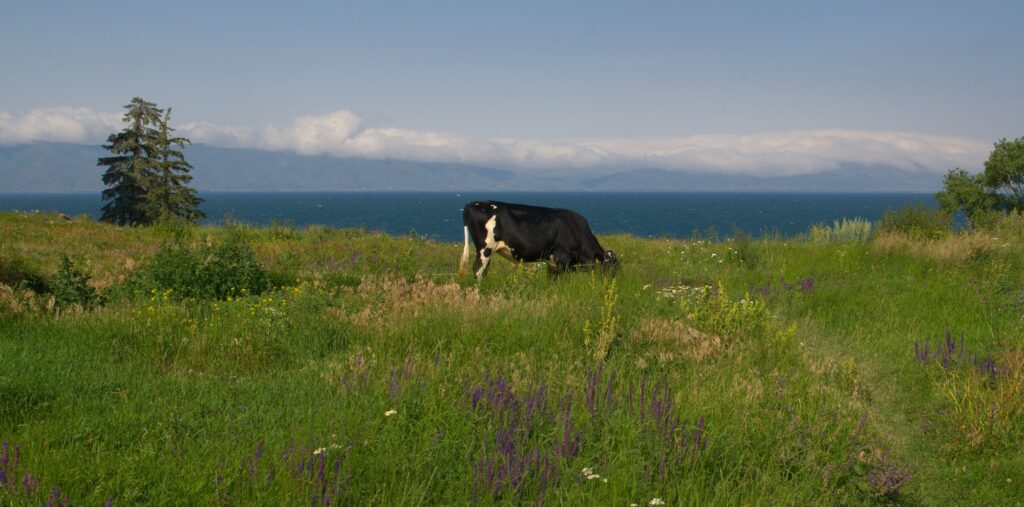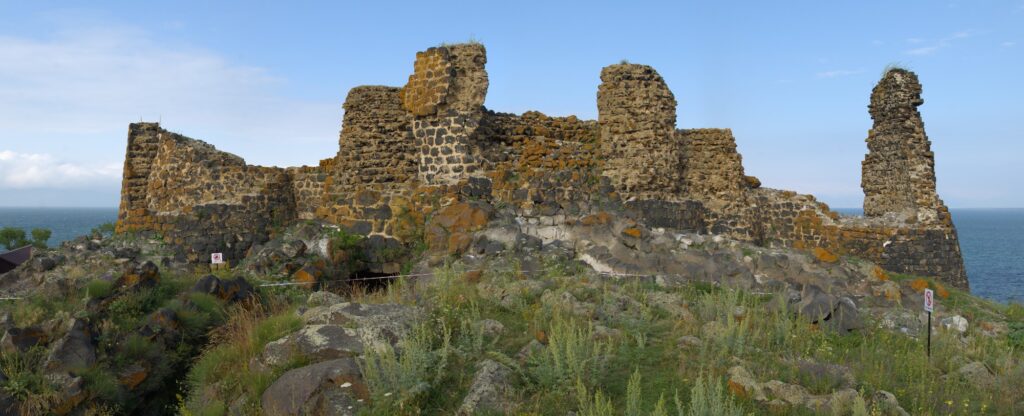Discover Gegharkunik Province — The Land of Lake Sevan and Majestic Mountains
Whether you are looking to relax by the lake, hike among towering peaks, or explore Armenia’s ancient history, Gegharkunik has something for everyone. From beach resorts to hidden monasteries, it’s a place where nature and culture meet. Ready to explore the heart of Armenia’s natural beauty? Gegharkunik Province is calling.

Overall information and climate
Located in the eastern part of Armenia, Gegharkunik Province is the country’s largest region and a must-visit destination for travelers seeking breathtaking nature, rich history, and iconic landmarks. Home to Lake Sevan, the largest lake in the South Caucasus, Gegharkunik captivates visitors with its stunning landscapes, ancient monasteries, and a wealth of historical treasures.
Symbolized by the Armenian gull soaring above Lake Sevan, Gegharkunik is deeply tied to Armenia’s ancient past. Its name is connected to Gegham, a legendary descendant of Hayk, the patriarch of the Armenian nation. Historical records even link the region to the ancient kingdom of Uelikuni, mentioned in Urartian inscriptions from the 8th century BCE.
The climate here is varied and ideal for travelers who enjoy both winter charm and summer adventures. Winters are cold and snowy, turning the mountains into a white wonderland, while summers are warm and humid, perfect for lakeside relaxation. Average annual precipitation ranges from 500 to 600 mm, reaching up to 1000 mm in higher mountain zones.

Geography and Natural Wonders
Gegharkunik is a province dominated by mountains and lakes, offering breathtaking views at every turn. It shares borders with Tavush, Kotayk, Ararat, and Vayots Dzor provinces, while to the east, it touches Azerbaijan.
The region is surrounded by impressive mountain ranges, including:
- Gegham Mountains (west) — home to Mount Azhdahak, the highest point at 3,597 m, famous for its volcanic crater lake and petroglyphs.
- Vardenis Mountains (south) — reaching 3,522 m at Mount Vardenis, a natural barrier to Vayots Dzor.
- Sevan, Miapor, and Kenats Mountains — framing the province with peaks rising between 2,500 and 3,500 m.
At the heart of Gegharkunik lies Lake Sevan, a sparkling blue jewel sitting 1,900 m above sea level, covering about 23.5% of the province. As the largest freshwater lake in the region, Sevan plays a crucial environmental and cultural role.
Several rivers, including Getik, Gavaraget, and Masrik, flow through the province, adding to its rich natural beauty.

Tourism and sightseeings
Gegharkunik is a year-round destination, but summer is when Lake Sevan and its surrounding beaches come alive. The towns of Sevan, Chambarak, and Martuni are popular hubs for travelers, offering a range of hotels, resorts, and recreation centers.
For those interested in history and architecture, Gegharkunik is home to ancient monasteries, fortresses, and archeological sites.
Must-See Sights & Historical Landmarks
- Mount Azhdahak Petroglyphs — ancient rock carvings at Armenia’s majestic volcanic peak.
- Lchashen Cyclopean Fortress — a prehistoric site with massive stone walls.
- Sevsar Ancient Astronomical Observatory — an ancient star-gazing site.
- Berdkunk Fortress — dating back to the 1st millennium BC.
- Teyseba (Odzaberd) Fortress — an 8th-century BC Urartian stronghold with scenic views over Sevan.
- Noratus Cemetery — a famous 10th-century khachkar (cross-stone) field, the largest in Armenia.
Iconic Temples and Monasteries
- Shoghagavank Monastery (5th century) — early Christian heritage.
- Saint Thaddeus Church of Ddmashen (7th century) — ancient basilica architecture.
- Hatsarat Monastery (7th century) — a lesser-known gem.
- Sevanavank Monastic Complex (9th century) — perched on Sevan Peninsula, with panoramic lake views.
- Hayravank Monastery (9th century) — dramatic cliffs overlooking the lake.
- Makenyats Vank (9th century) — secluded medieval monastery.
- Kotavank (Holy Mother of God Church) (9th century) — a remarkable lakeside ruin.
- Surp Hovhannes Church of Tsaghkashen (9th century) — quaint village church.
- Shoghagavank Monastic Complex (9th century) — another beautiful medieval site.
- Vanevan Monastery (opened in 903) — serene and historically significant.